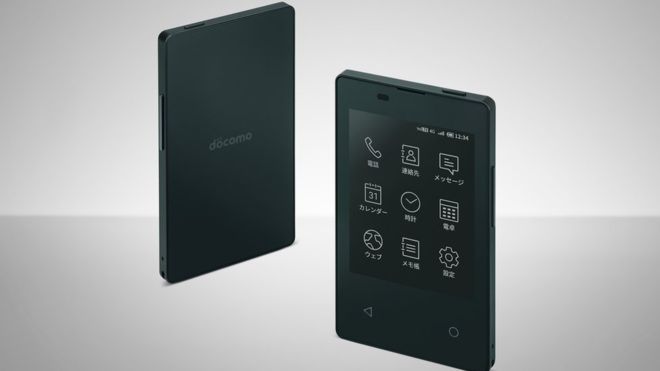The newest development in the smartphones market are the introduction of ‘companion phones’. Whereas market leaders in the smartphone segment Apple, Samsung and Huawei have produced increasingly bigger smartphones over the last decade, the newest trend in smartphones could be extremely small phones. A newly launched phone, using the brand name Palm, is the size of a credit card and is only 5.5 millimetres thick. It offers most functionalities of a normal smartphone, including two cameras and making use of the 4g network.
The Palm phone is promoted as a ‘companion phone’, a small phone as a complement to your main smartphone. In its marketing, Palm claims that the companion phone enables people to take a break from their main phones, despite being a fully functioning mobile device of its own.
I think that companion phones actually have great potential, although I do believe it is promoted wrongly. I do not think people desire a second phone to carry around for the same purpose as their main phone. However, I do believe companion phones could disrupt the business phone segment. As many young professionals aim to keep up a strict distinction between life and work, they tend to keep separate phones for work and private use. However, having to carry around two separate phones brings along some inconvenience. Therefore, due to the small and thin design of Palm, ‘companion phones’ could be an excellent alternative as a business phone. Moreover, as business phones are mostly just used to call, they require less features than regular smartphones, increasing the potential of ‘companion phones’.
‘Companion phones’ could be a new opportunity in the saturated market of smartphones. Besides Palm’s version, other ‘companion phones’ are entering the market as well. NTT Docomo, Japan’s biggest telecoms firm, launched their own companion phone only a few days after the launch of Palm. And who knows, in a few months, we might just expect the launch of the ‘companion phones’ of Apple and Samsung.


